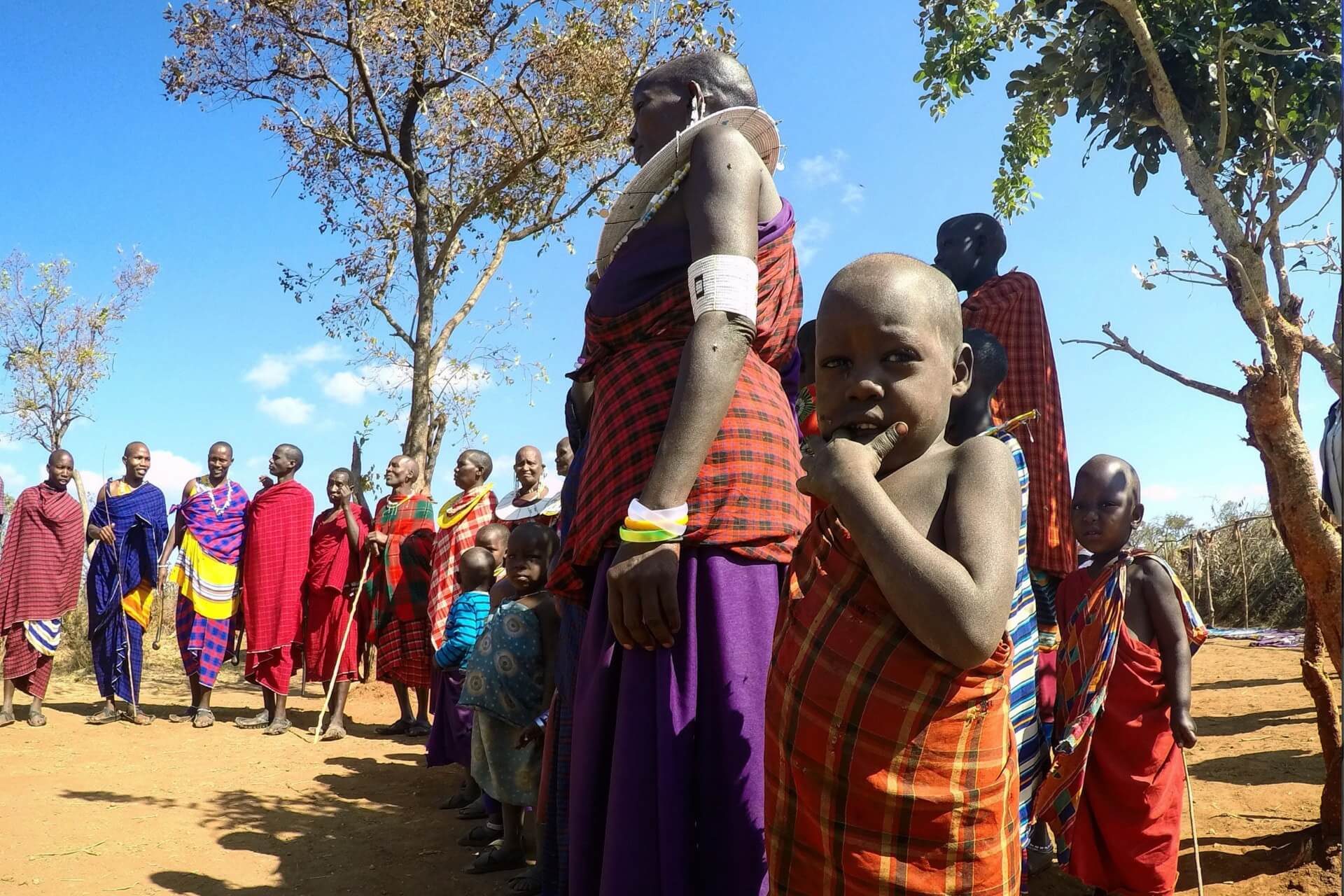Rinse & rePeat
Member
- Joined
- Mar 10, 2021
- Messages
- 21,516
In many instances wikipedia is not always good reference.
In this case the wiki article clearly shows that their lifestyle was severely altered due to outside interference after the 1935 report issued by Dr. Price:
"In the summer of 1935 Dr. Weston A. Price visited the Maasai and reported that according to Dr. Anderson from the local government hospital in Kenya most tribes were disease-free. Many had not a single tooth attacked by dental caries nor a single malformed dental arch. In particular the Maasai had a very low 0.4% of bone caries. He attributed that to their diet consisting of (in order of volume) raw milk, raw blood, raw meat and some vegetables and fruits, although in many villages they do not eat any fruit or vegetables at all. He noted that when available every growing child and every pregnant or lactating woman would receive a daily ration of raw blood.
. . .
A traditional pastoral lifestyle has become increasingly difficult due to outside influences of the modern world. Garrett Hardin's article, outlining the "tragedy of the commons", as well as Melville Herskovits' "cattle complex" helped to influence ecologists and policy makers about the harm Maasai pastoralists were causing to savannah rangelands. This concept was later proven false by anthropologists but is still deeply ingrained in the minds of ecologists and Tanzanian officials.[105] This influenced British colonial policy makers in 1951 to remove all Maasai from the Serengeti National Park and relegate them to areas in and around the Ngorongoro Conservation Area (NCA). The plan for the NCA was to put Maasai interests above all else, but this promise was never met. The spread of HIV was rampant.
Also, the Massai have been targeted for massive innoculations for too many years now. They were very beautiful, strong and healthy at one time. Dig deep for older sources in books and secreted away in archives
This is so sad.

